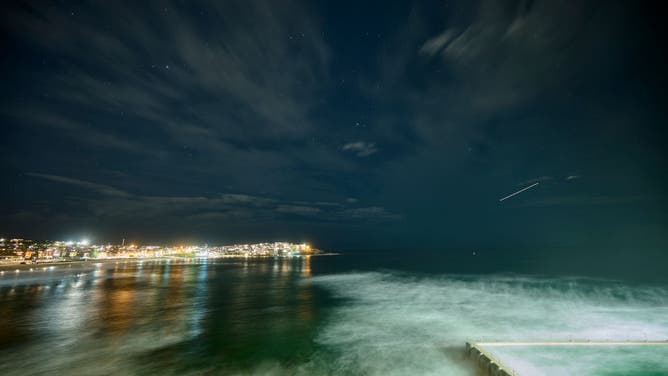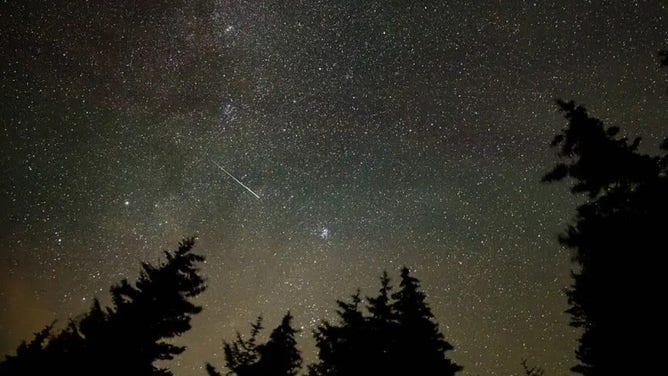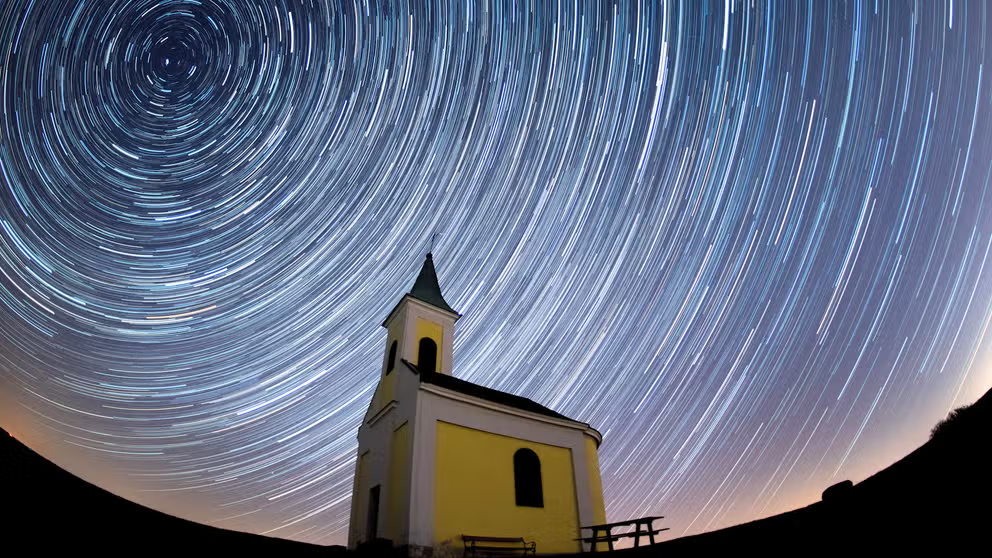Double meteor shower peaks to end summer skygazing season
Southern delta Aquariids and alpha Capricornids both peak on July 30 during the ongoing Perseid meteor shower, which continues through Sept. 1.
Meteor showers explained: what to know and how to watch
We call them shooting stars, but it's actually meteors that create dazzling streaks of light across our night sky.
If you didn’t have any luck spotting a shooting star this summer, this week might be your last chance of the skygazing season with not one but three ongoing meteor showers, including a double meteor shower peak.
According to the American Meteor Society (AMS), the Southern Delta Aquarids and the Alpha Capricornids meteor showers have overlapping peaks on Tuesday. While both astronomical events are active through mid-August, peak activity is expected between Monday and Wednesday.
The double meteor shower peak occurs as the reliable Perseids Meteor Shower is underway. It continues until Sept. 1 and has peak activity on Aug. 11 and 12.
STRONG GEOMAGNETIC STORM COULD PRODUCE NORTHERN LIGHTS DISPLAYS ACROSS NORTHERN US THIS WEEK
Meteor showers happen as Earth passes through the dust and ice debris or tail of a comet. What we see as a "shooting star" is not star-related but happens as the debris burns up in Earth’s atmosphere.
According to NASA, the Delta Aquarids likely originate from comet 96P Machholz and, at peak activity, can produce about 20 meteors per hour. You’ll know you are seeing one of these meteors if they appear to radiate from the constellation Aquarius.

File photo: The night sky is illuminated by a meteor shower on July 28, 2022 in Sydney, Australia. (Photo by Saverio Marfia/Getty Images)
The Delta Aquarids can be hard to spot and nearly impossible if the Moon is full. On July 30, a waning crescent Moon should help your chances to spot one of these elusive meteors.
WHEN YOU CAN SEE THE MILKY WAY GALAXY THIS SUMMER WITHOUT A TELESCOPE
According to the AMS, while the Alpha Capricornids aren't as dazzling, only producing a handful of meteors per hour, they are known for producing bright fireballs that can be seen on either side of the equator.
If the doubleheader meteor shower disappoints, the Perseids are considered one of the best meteor showers to see in the summer in the Northern Hemisphere.

Perseid meteor shower on Wednesday, Aug. 11, 2021, in Spruce Knob, West Virginia.
(NASA)
Originating from Comet 109P-Swift-Tuttle, the Perseids can produce between 50 and 100 shooting stars per hour during its peak, which happens on Aug. 11 and 12 this year.
The moon will be about 44% full this year for the Perseids peak, offering a better chance to spot meteors.
